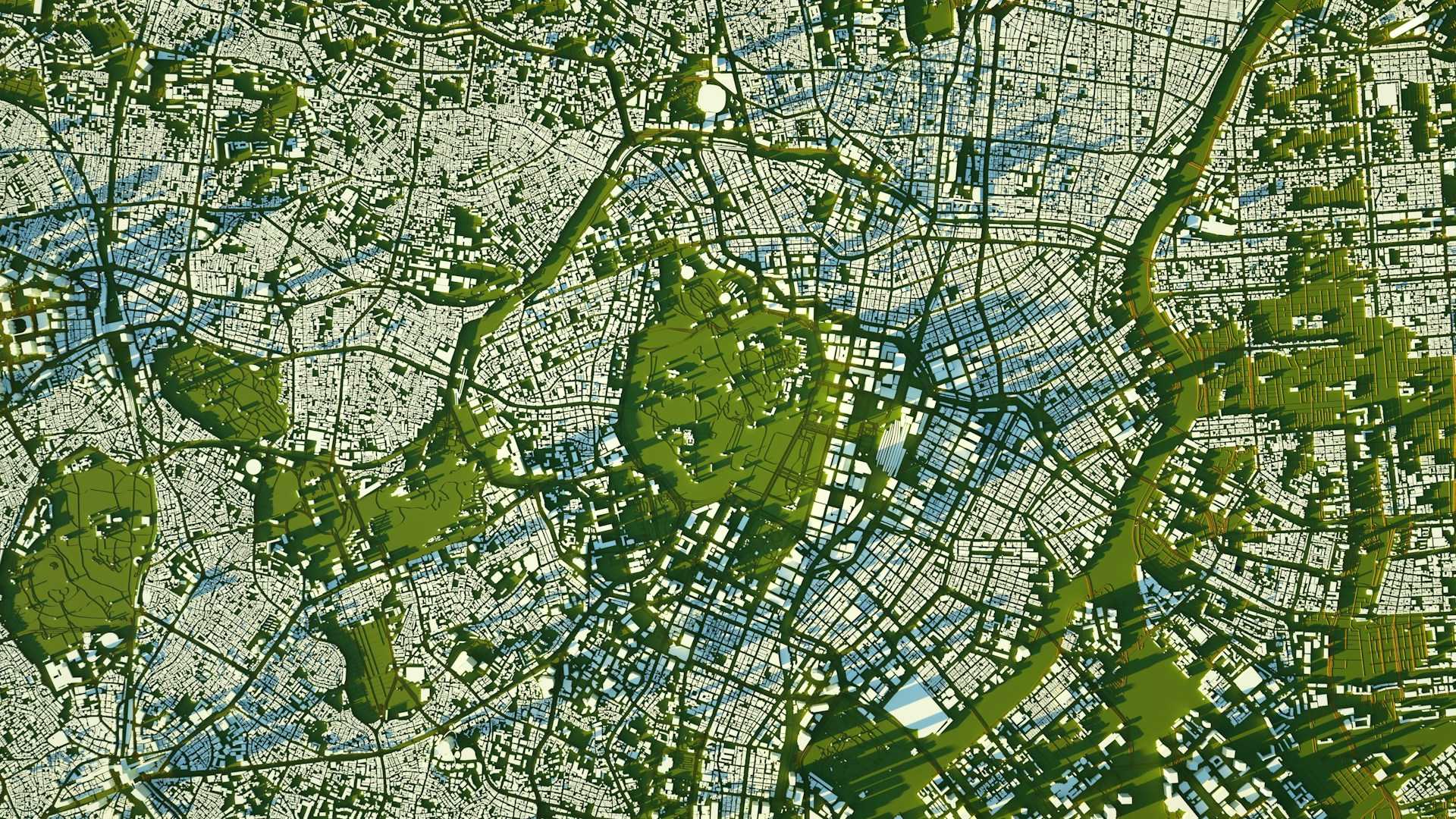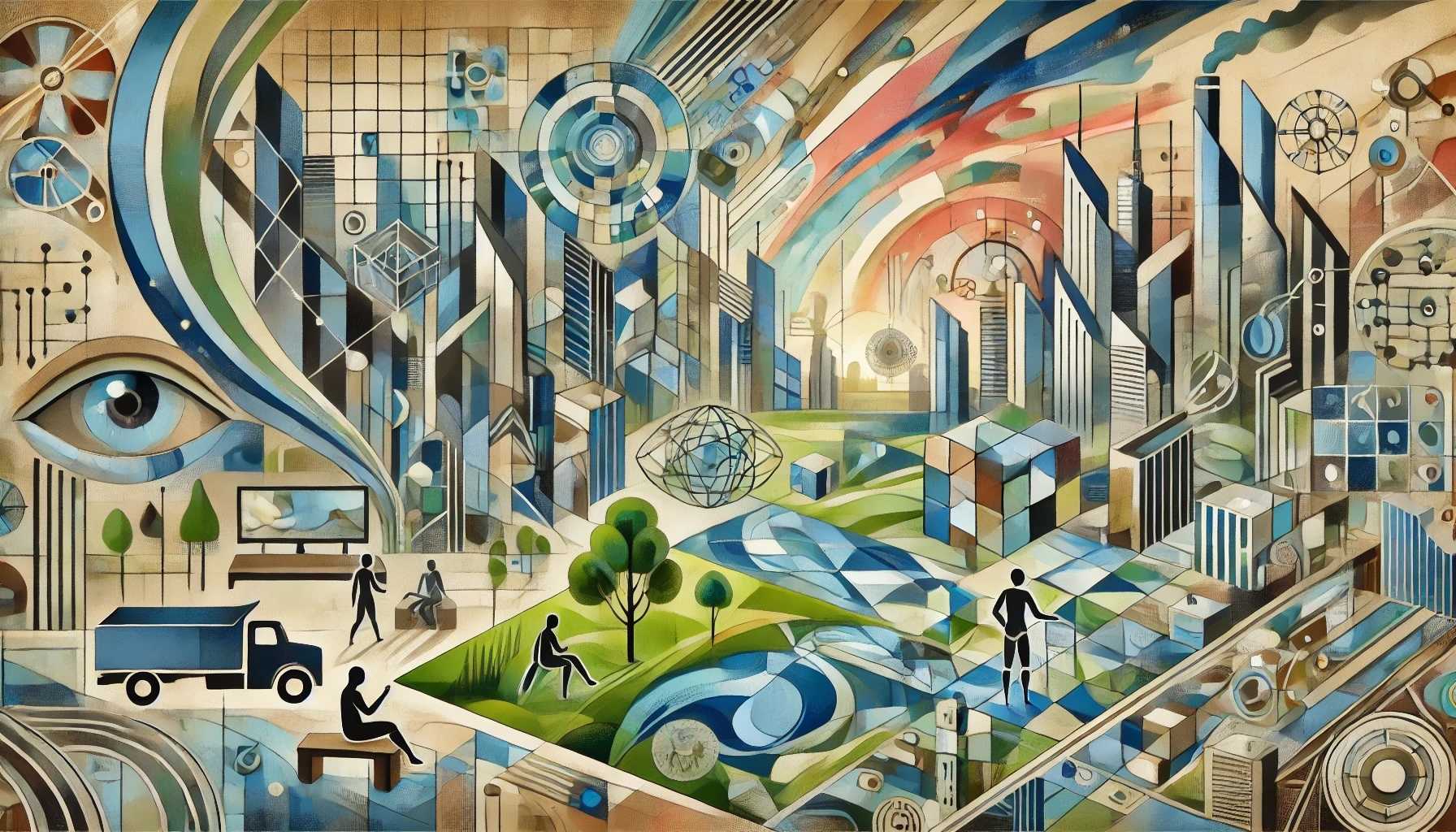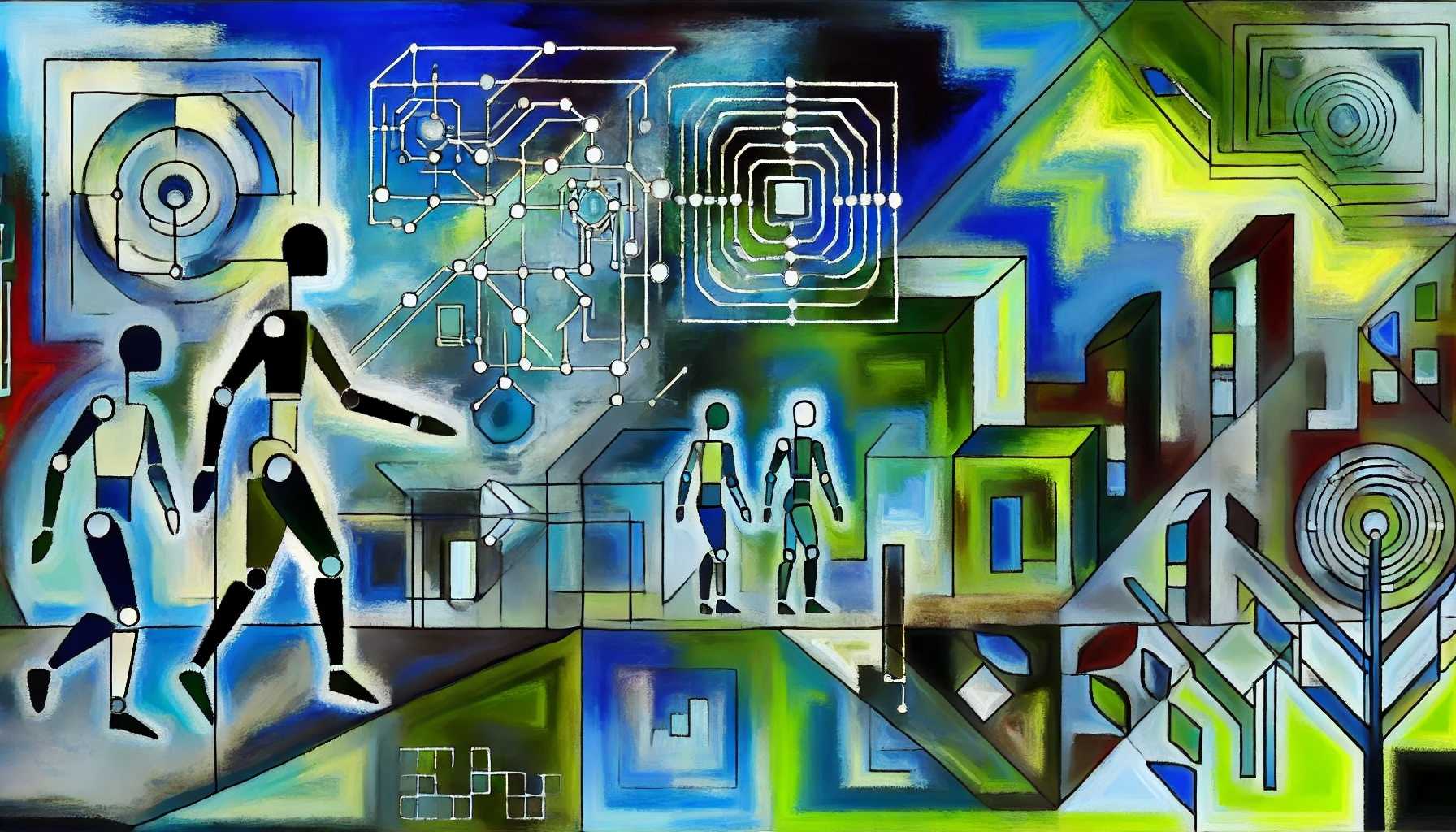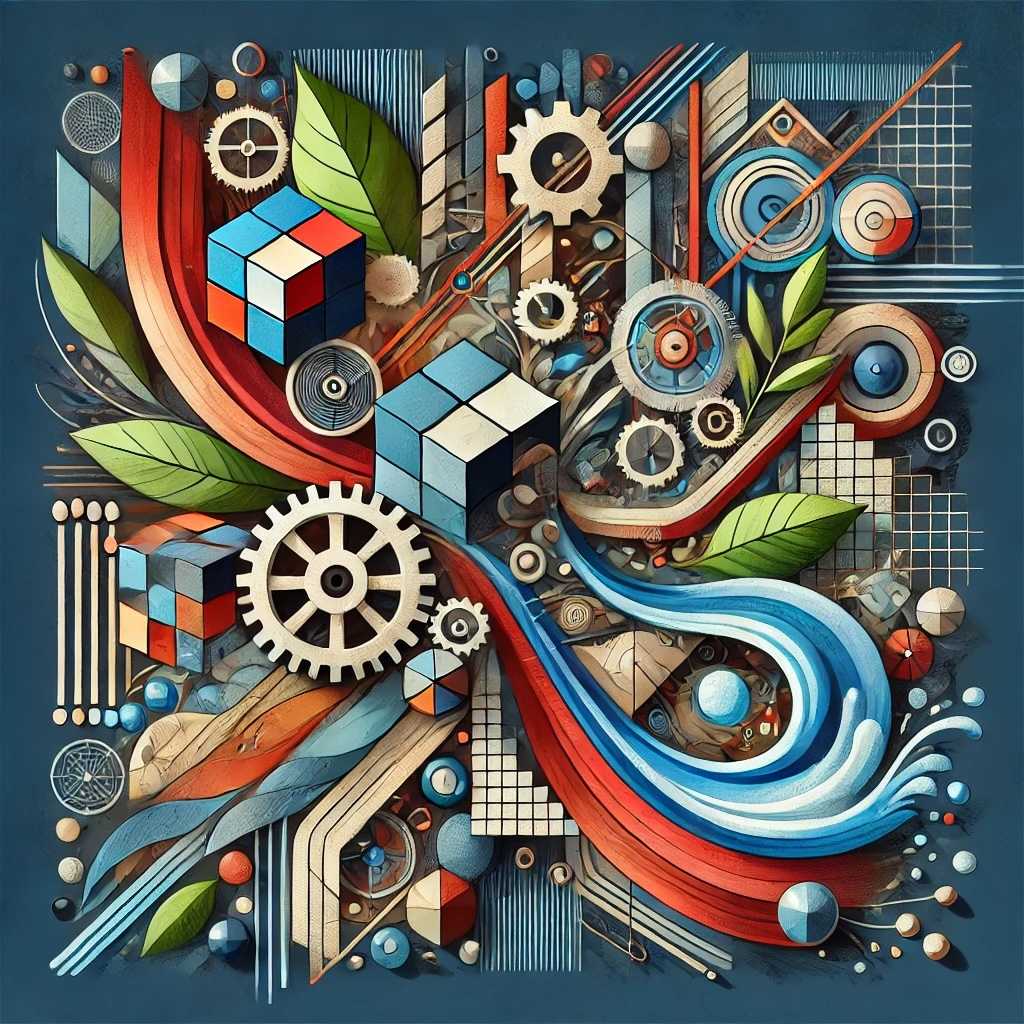
Introduction
Technology has transformed our climate. Can it help us prepare for the future we've unleashed?
Cities led efforts to stop greenhouse gas pollution. These efforts have grown more focused with each passing year. But the unmistakeable impacts of global heating - longer and more intense heat waves, more frequent and severe storms, and sea level rise - are already putting enormous stresses on cities. And so, even as cities continue to cut emissions, they are turning to address the impacts of warming that can no longer be avoided. The age of adaptation is upon us.
But cities face hard choices. The anticipated cost of urban climate adaptation could run in the trillions of dollars, with severe disruptions to the lives and livelihoods of citydwellers in the process. And while adaptation is a necessary countermeasure, it is also an opportunity for more than just reducing risk. Adaptation investments can produce many co-benefits that improve urban life, and offer an opportunity to address past injustices. But doing this effectively requires great care. And that's why urban climate planners are turning to urban technologists for tools that can amplify our capacity to change with the changing climate.
No technology offers more promise — and peril — than artificial intelligence. Whether expanding our ability to collect vital data on urban climate challenges; optimizing analyses that inform decisions on where, why, and how to act; or amplifying our capabilities to act through automation - artificial intelligence (AI) is rewriting our assumptions about what's possible in climate-changed cities. But AI also threatens to destabilize so many vital social, economic, and political systems. And it comes with its own colossal carbon footprint.
How will people, machines, and non-human intelligences collaborate to rebuild a climate-changed world? We don't yet know, but its up to us to invent it. That's why we have created his horizon scan as a guide to anticipated developments and potential applications of AI for the challenge of urban climate adaptation. Use it to find your way.
What's a
horizon scan?
With so many ideas and innovations competing for our attention, its hard to compare one against the other, and easy to lose sight of the big picture. That's why we did the hard work of scouring thousands of published sources—journals, news sites, and blogs—to identify the most important changes.
Next, we synthesized this raw data into XX unique perspectives that describe where urban AI for climate adaptation is moving today, and where it may end up in the next decade.
There are two ways to get started:
-
Dive right into the knowledge graph. It's a visual, clickable map of the future.
-
Continue reading below to learn more about the structure of the Horizon Scan and how we created it.
Three forecasts explain how new intelligence will shape the urban climate adaptations ahead.
The big bubbles at the center of our map are our topline forecasts. Think of these as the front page stories you might read on a news site in 2034. These forecasts synthesize the big shifts in urban climate adaptation capabilities enabled by AI in the coming decade.
Expansive Views envisions a planetary web of urban data and insight in service of climate action, taking in not only human activity and the built environment but natural systems, too - at every scale. Optimized Insights puts us into future cities where thinking machines sit alongside human decisionmakers, serving up actionable foresight to inform the hard choices adaptation demands. And Amplified Actions zooms ahead to an unfamiliar tomorrow where the distinctions between infrastructure and robotics all but dissappear, delivering a tremendous boost in human capacity - just as aging populations face the shocks to come.
Each forecast is made up of trends. Trends are the building blocks for urban engineers.
Think of trends like vectors. They call our attention to a single force acting along a path over time.
The Horizon Scan contains XX trends in all. Each tells a story about a class of technologies and use cases that we expect to take shape in the next few years. Most trends inform one forecast, but a few have multiple linkages.
How likely? How soon? What impact?
Each trend is tagged with three key pieces of data. You can use these to make sense of the changes ahead.
Time frame helps us approximate when to expect the trend’s effects to surge: soon (0 to 3 years), later (4 to 7 years), or eventually (8 to 10 years).
Certainty assesses our confidence level. Some trends describe unproven innovations, while others are more clearly attainable, or all but assured to be likely.
Impact gauges how wide the trend’s effects may reach. Sustaining innovations focus on efficiency and maintaining the status quo. Disruptive trends displace existing systems but often in self-serving ways. Transformative changes lead to long-term systemic change enabling viable new patterns.
Trends are built up from signals. Signals are tangible examples of the future taking shape today.
Signals document the raw material of the future, found in the world today. They are examples of technologies, products, services, and behaviors that we expect to spread.
This is where the horizon scan's links to industry and policy are clearest. We've mined signals from some XX different sectors and domains. Urban tech will tap them all to create a new innovation ecosystem.
Use the drop-down below to highlight them in the Horizon Scan and then dive in.
Forecasts
Dive in the Horizon Scan by exploring three big stories on the future of urban AI and climate adaptation.


